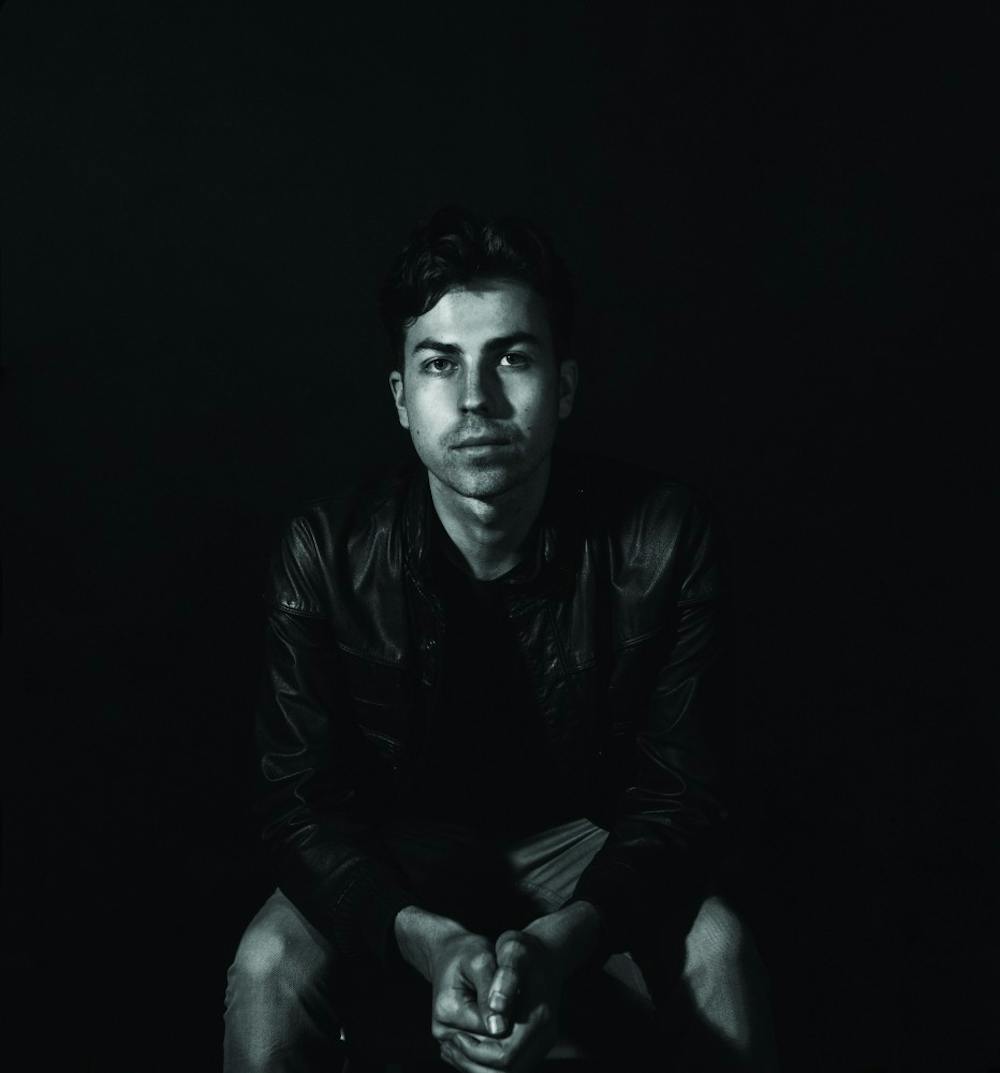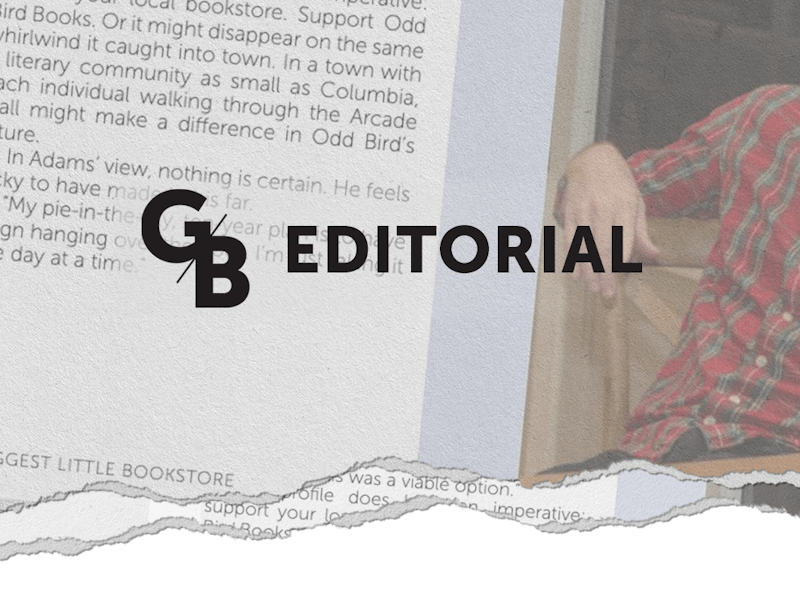IT’S FUNNY HOW HISTORY repeats itself. I was flipping through Garnet & Black annual from 1940 in search of a picture to use for my feature, Status Quo on page 1, when I came to the letter from the editor at the time. I read through it expecting to find some indication of the difference between the lives of college students 80 years ago and their lives today, but what I found was a shocking number of similarities. “Sleepless nights, over-cut classes, coffee-nerves and red-rimmed eyes were not the exception but the rule for a few of the staff,” Editor-in-Chief Hubert Harman wrote. Fast forward to 2017, and G&B has ended in quite a similar fashion. We’re now finished with our final issue—a feat I can scarcely believe—and I can confidently say that we’ve completed the pursuit I set out for in our first issue. As we started our first issue and looked at our blank layout board, I honestly wondered how we were going to fill 48 pages. As the months went by, we slowly refined our design direction, photography and editorial content, and as the summer issue came off the presses, I felt like we had finally found ourselves after months of experimenting.
This final issue is a culmination of clean design, expressive photos and grounded stories. From Julia Hogan’s piece, The Roads Least Traveled on page 23, which explores the role of small towns in rural South Carolina, to Juliette LaFerlita’s feature, Indie Identity on page 27, which showcases Indie Grits and the importance of local artists, we’ve done our best to cover the culture of Columbia and its inherent southernness. Holly Heaton has returned to put the spotlight on more of Columbia’s culinary talent in her newest installment of Souls of the Kitchen on page 17. Rounding out the issue is Jenna Schiferl’s Student Experience coverage of the Vagina Monologues at Tapp’s Art Center and Robin Hendricks’ profile of Wesley Jefferies, this issue’s Artist in Residence, page 19.
The emphasis on people of all types, art of all varieties and the inspiration behind is what I think makes this the most successful G&B issue yet. Like Harman said in his letter from 1940, “In every way the staff has tried to better the book, to give a complete picture of the entire campus, its groups, cliques, events, leaders and nonentities.” I hope we’ve done the same.


